Amazon has introduced a new low price on the 13-inch MacBook Pro from mid 2019 today. You can get the notebook with a 2.4GHz Intel Core i5 processor, 8GB RAM, and a 256GB SSD for $1,499.00, down from $1,799.00.
 Note: MacRumors is an affiliate partner with these vendors. When you click a link and make a purchase, we may receive a small payment, which helps us keep the site running.
Note: MacRumors is an affiliate partner with these vendors. When you click a link and make a purchase, we may receive a small payment, which helps us keep the site running.
This $300 discount is the lowest price we've ever tracked for this model of the 13-inch MacBook Pro, and it's available in both Silver and Space Gray. This MacBook Pro includes a Retina Display, Touch Bar with Touch ID, four Thunderbolt 3 USB-C ports, and up to 10 hours of battery life.
On the entry-level side, Best Buy has the 13-inch MacBook Pro with a 128GB SSD for $1,049.99, down from $1,299.00 ($250 off). This is another lowest-ever price, and a good deal for anyone looking to get a cheap price on the latest 13-inch MacBook Pro.
There are a few solid deals on other 13-inch MacBook Pro models, although they are not lowest-ever prices. The 1.4GHz/8GB RAM/256GB SSD model is $1,249.99 at Best Buy, down from $1,499.00 ($250 off), while the high-end 2.4GHz/8GB RAM/512GB SSD model is $1,699.00 at Amazon, down from $1,999.00 ($300 off).
As another quick mention, Amazon is still discounting the 1TB 16-inch MacBook Pro to its lowest price of $2,499.00, down from $2,799.00 ($300 off). Adorama is matching this deal, which is an offer we've seen come and go throughout the past few months, and worth looking at if you're interested in a high-end version of Apple's 16-inch MacBook Pro.
Head to our full Deals Roundup to shop for even more discounts on Apple products and related accessories.


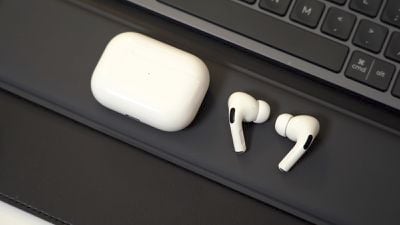
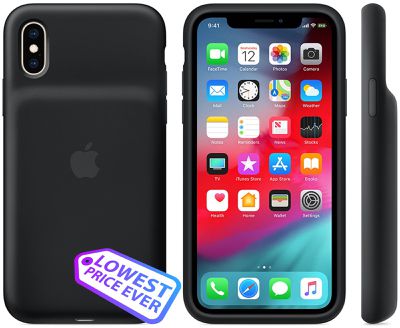 Note: MacRumors is an affiliate partner with these vendors. When you click a link and make a purchase, we may receive a small payment, which helps us keep the site running.
Note: MacRumors is an affiliate partner with these vendors. When you click a link and make a purchase, we may receive a small payment, which helps us keep the site running.
 Note: MacRumors is an affiliate partner with these vendors. When you click a link and make a purchase, we may receive a small payment, which helps us keep the site running.
Note: MacRumors is an affiliate partner with these vendors. When you click a link and make a purchase, we may receive a small payment, which helps us keep the site running.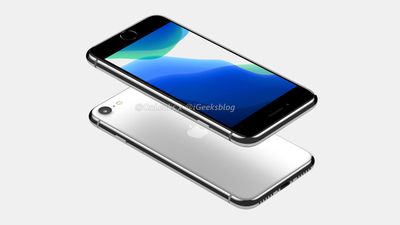

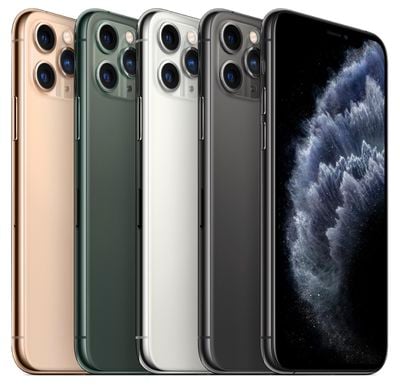

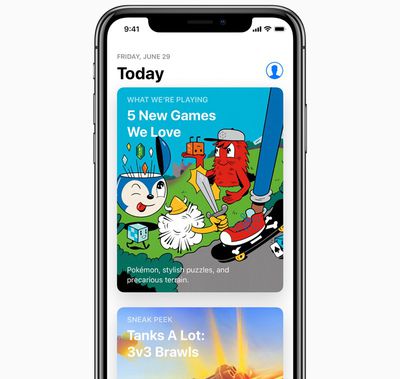
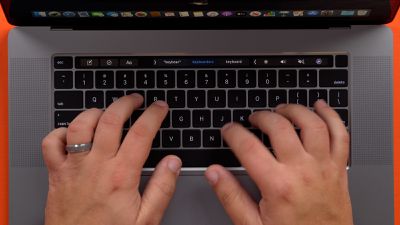
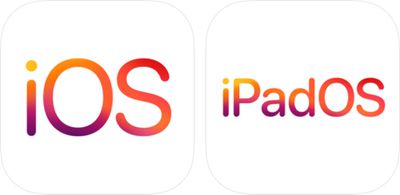
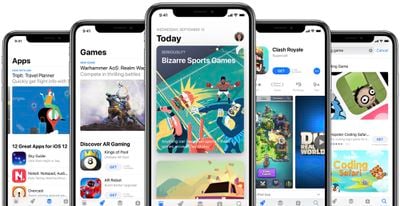
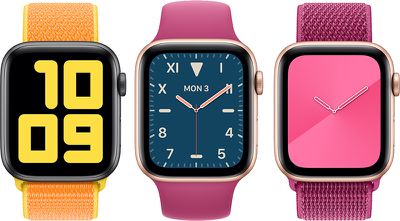
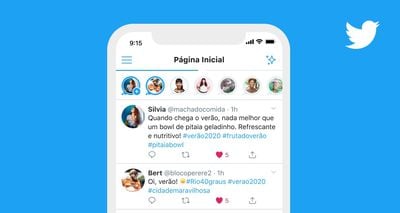
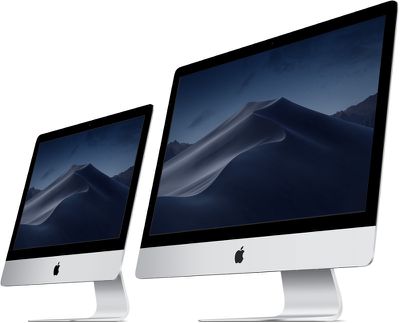
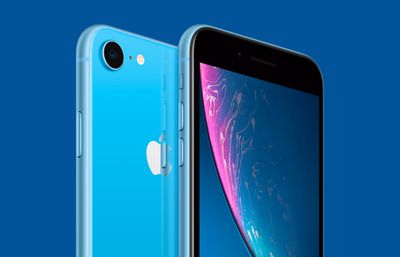
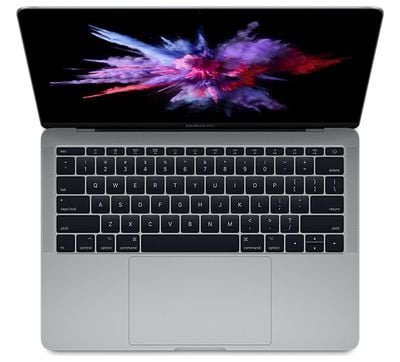 Note: MacRumors is an affiliate partner with Woot. When you click a link and make a purchase, we may receive a small payment, which helps us keep the site running.
Note: MacRumors is an affiliate partner with Woot. When you click a link and make a purchase, we may receive a small payment, which helps us keep the site running.











